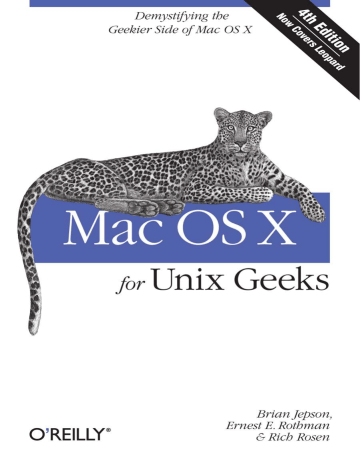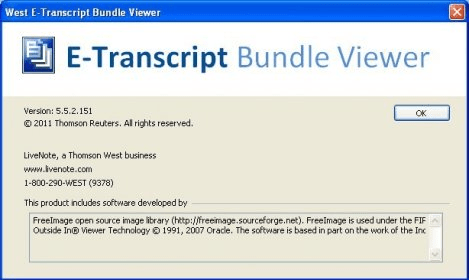
You canmove this shortcut into whichever folder you prefer. The first command creates a shortcut to the CUPS-PDF output folder on your Desktop. Ln -s /opt/local/var/spool/cups-pdf/$USER ~/Desktop/cups-pdf

The output of this command will give you some instructions to run upon initial setup.
#E transcript bundle viewer for mac install
Open up the Terminal application and run this command to install CUPS-PDF: This is very similar to the “Save as PDF” feature already on your Mac. We’re going to use MacPorts to install a package called CUPS-PDF. When it’s finished, run the following command to update Macports to the latest release: Choose the version that corresponds to your operating system, and install the package.

Next, you’ll need the Macports package installation manager, available here. If you’re running an earlier version of OS X, open the XCode application, find the “Downloads” pane, and download and install the Command Line Tools from that pane. Run the following command to agree to the XCode license (you’ll need to be an administrator of the computer and enter your password for the sudo command several times throughout this process): If you are running OS X 10.9 (Mavericks), open a Terminal windows (/Applications/Terminal) and run the following command: Next, we’ll need to install some command line tools. It’s a little bit involved, and requires some use of the command line.įirst, install XCode from the App Store.
#E transcript bundle viewer for mac pdf
This is a how-to guide for installing the programs necessary to (1) run the E-Transcript Viewer, and (2) save the transcripts as PDF files. I use the emulation program Wine to run the Windows PTX viewer from the Mac. ptx conversion tool, which has been featured on Ben’s blog before, has been shuttered. I recently fielded a question about PTX transcript files, and I learned that Clarity Legal’s online. Many colleagues know I have an IT background, so I field lots of Mac-In-Law-Office questions.

Thanks so much to Nathan for his work in developing this solution and for sharing it with my readers. His guest post includes an installation guide for installing the PTX viewer on Wine and then installing a PDF printer that will work to convert the PTX files to PDF. One of my readers, Nathan Chaney, a patent attorney in Arkadelphia, AR, developed a solution for working with PTX files on a Mac, and he has graciously agreed to share it with my readers. If you work with PTX transcript files, you already know that it can be frustrating doing so on a Mac.


 0 kommentar(er)
0 kommentar(er)
